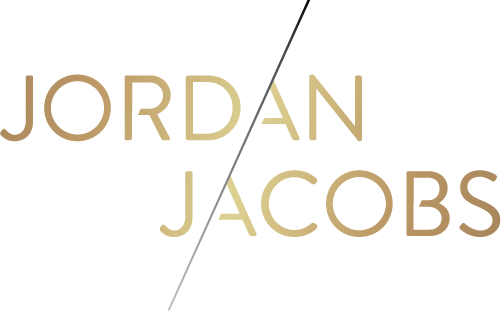The 4 Biggest Myths About Thread Lifting
When the perpetually radiant Gwyneth Paltrow brought thread lifting into the spotlight wayyy back in 2015, it was a somewhat controversial procedure with limited availability and uncertain results—but as usual, Gwyneth was just ahead of her time. Now, thanks to major improvements in technology, materials, and techniques, threading has become one of the most popular cosmetic processes and a hot topic of conversation in mainstream media and dermatologist offices alike. But despite their wide appeal, threads still retain an air of mystery. How do these miracle strands work, and what are they made of? How long do they last, and are they a better option than plastic surgery? We’re here to answer all of these questions by busting the four biggest myths about thread lifting with help from Jordan Jacobs, who just so happens to be a personal fan.
Myth #1: Threads are Invasive
Fact: Thread lifting is a non-surgical procedure, so you won’t have to worry about extensive downtime or risk external scarring. Threads are surgical sutures, which are inserted into the face through small holes in the skin. Jordan uses a thin cannula to glide the threads into precise locations, where they stimulate collagen production as they tighten and lift the surrounding dermis and deeper tissue.
Myth #2: Threads are Made of… Thread?
Fact: Well no, not really. Though they look and act like strings, threads are made of polydioxanone or polylactic acid—a thermoplastic polyester derived from renewable resources like corn starch and sugar cane that is re-absorbable and biocompatible. That’s right: threads are essentially strings of sugar. Barbed threads are studded with bi-directional cones, which pass freely in one direction (into your skin) and stimulate your skin to cause a lifting effect when pulled in the other. Smooth and twisted threads can be inserted more superficially to encourage collagen production. All threads are biodegradable, so your body will eventually break down the sugar over time.
Myth #3: Threads are Painful and Scary
The overall threading procedure is painless, as Jordan uses a numbing agent prior to inserting the threads and throughout the process. You may experience momentary pinches of discomfort, but the pain is minimal compared to recovery from invasive surgery. After a thread lift, clients can expect to feel a little tender and swollen—on a pain scale of 1-10, clients report feeling a level of 4-6 post-procedure. While it can seem scary to imagine the sensation of threads beneath your skin, most people stop feeling the threads after a brief period of recovery as they settle into the skin.
Myth #4: Threads are Only for People Who Need a Facelift
Anyone who would like to maintain their youthful skin elasticity and prevent skin laxity or drooping is a good candidate for a thread lift, especially if they want to avoid going under the knife. Compared with a traditional surgical facelift, thread lifting produces incredible results without the costs, risks, and downtime of surgery. Here’s a quick breakdown of some key differences between the two procedures: A surgical facelift comes with the risks of scarring and anesthesia, and requires downtime between 1-2 months, while a Non-Surgical Thread Lift Facelift can be performed during a 60-minute lunch break and doesn’t require any downtime. The cost of a surgical facelift in New York typically ranges from $20-$50k and lasts up to 10 years, while a non-surgical thread lift costs $1.5-$4K and can last up to two years.
Plus, threads aren’t just for the face! They’re suitable for tightening and lifting virtually any part of the body. Some of Jordan’s favorite threading procedures are for cellulite reduction, skin tightening, and of course, the Non-Surgical Thread Lift Facelift. “Threads are an amazing confidence booster for those of us who tend to sag and droop,” she says. “I am one of them!” For those of you who are still on the fence, schedule a consultation to clarify any questions, concerns, and fears that you have with your practitioner. This will help to clear up any misconceptions, and you may find that threading opens up a world of possibilities.
Contact Jordan Jacobs to learn more about thread lifting and find the solution that’s right for you.
